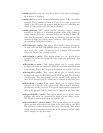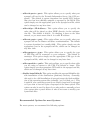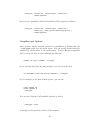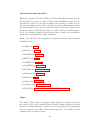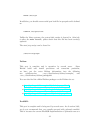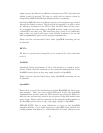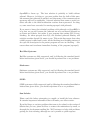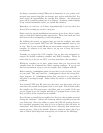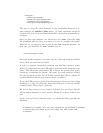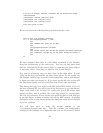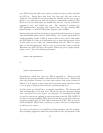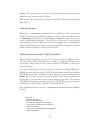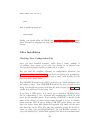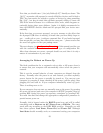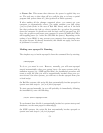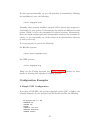./configure \
--prefix=/opt/apcupsd \
--sbindir=/etc/opt/apcupsd/sbin \
--sysconfdir=/etc/opt/apcupsd \
--with-cgi-bin=/opt/apcupsd/cgi-bin
The way to setup the /sbin directory as the executables directory is to
pass configure the sbindir=/sbin option. No other arguments should be
required, and your setup and platform should be detected automatically by
configure.
Once you have run configure, you will need to do a make. Once the make
has completed with no errors, you must su to root to complete the install.
After the su, you may not have a path to the make program anymore. In
that case, you should do the make install step as:
/usr/ccs/bin/make install
Once the install completes, you must edit the /sbin/rc0 script as detailed
below, then exit from the su’ed shell.
In order to support unattended operation and shutdown during a power
failure, it’s important that the UPS remove power after the shutdown com-
pletes. This allows the unattended UPS to reboot the system when power
returns by re-powering the system. Of course, you need autoboot enabled
for your system to do this, but all Solaris systems have this by default. If
you have disabled this on your system, please re-enable it.
To get the UPS to remove power from the system at the correct time during
shutdown, i.e., after the disks have done their final sync, we need to modify
a system script. This script is /sbin/rc0.
We do not have access to every version of Solaris, but we believe this file
will be almost identical on every version. Please let us know if this is not
true.
At the very end of the /sbin/rc0 script, you should find lines just like the
following:
# unmount file systems. /usr, /var and /var/adm are not unmounted by umountall
# because they are mounted by rcS (for single user mode) rather than
# mountall.
45



